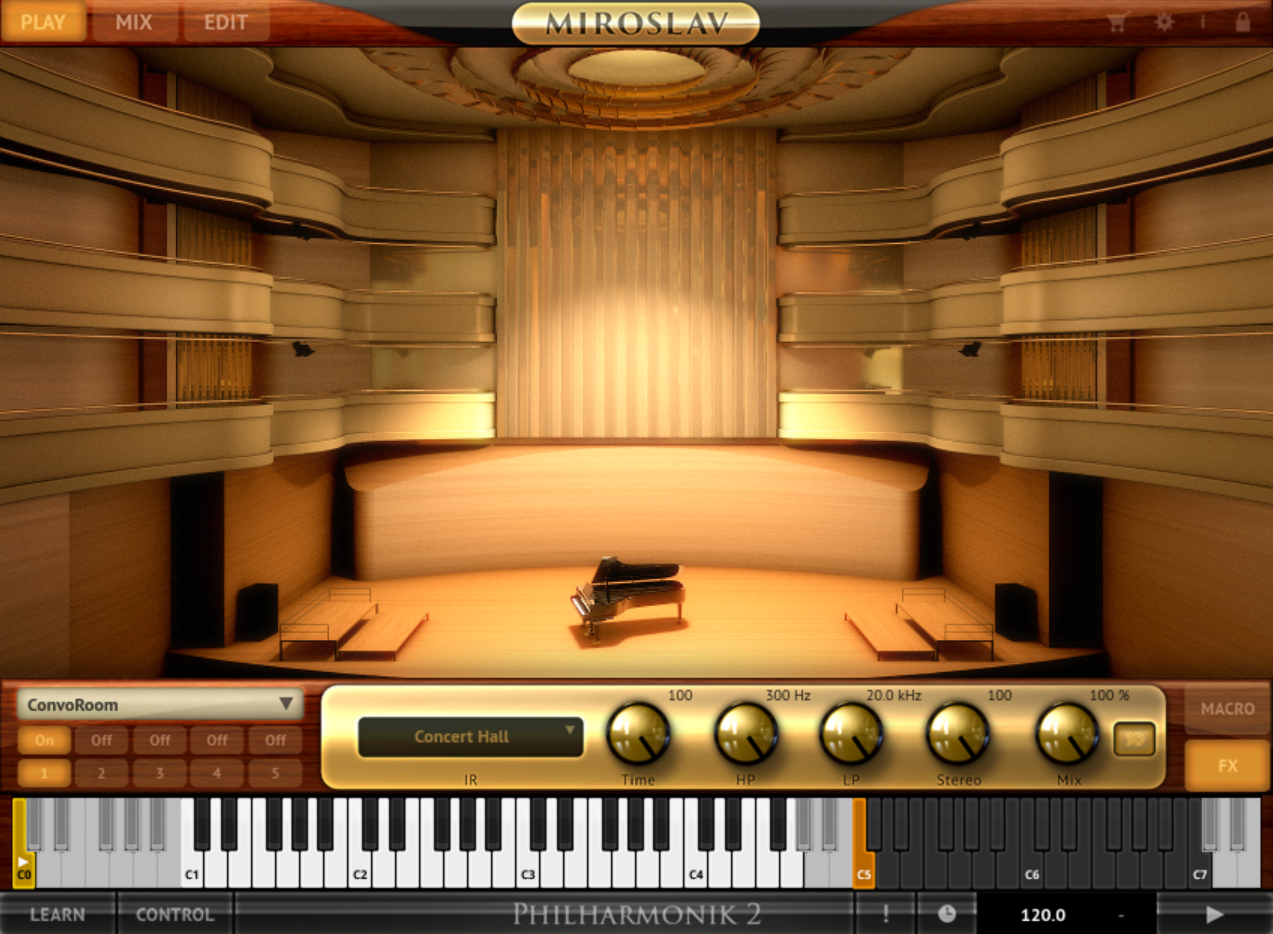IK Multimedia are now offering their famous Miroslav Philharmonik 2 CE for free. That’s right, a staggering 10GB full-on commercial library, with orchestral strings, brass, woodwinds, choirs and everything in between. And, there are even some solo instruments.
Now, prior to me getting into the actual offer, I would like to take the opportunity to dive a little bit into the library’s prolonged history, because it has quite of an interesting one to share.
The Past
For those unfamiliar with its roots, the original Miroslav Philharmonik library actually dates back all the way to the early 2000s. It was around that time, when musician and notable Czech jazz bass player Miroslav Vitous was approached by IK Multimedia. He was commissioned to collaborate with the company’s sound engineers, with the intent to create this whole new, comprehensive orchestral library.
Fast forward to 2005, a new sample library was born: The Miroslav Philharmonik orchestra.
Miroslav himself, 75 today, was no stranger to sampling. In fact, many consider him a pioneer in the world of digital sampling and, more specifically, virtual orchestration. He may have not invented the concept, but he certainly took it to some new highs – and that is mainly due to his uncompromising approach to the art of sampling.
Actually, a decade prior to his joint work with IK Multimedia, in the early 1990s, he began to record different orchestral instrument sections, which he would then use in his own compositions and musical arrangements. Not too long afterwards, he would make the decision to release those samples commercially, eventually creating his own virtual orchestra, known as the Miroslav Vitous Symphonic Orchestra. A revolutionary library and industry standard at the time, it was available in CD-ROM format and supported the then popular hardware samplers of the period, such as the AKAI, E-mu, SampleCell, Gigastudio (Gigasampler) and the Roland & Kurzweil dedicated workstations.
For the first time ever, producing musicians were finally able to use authentic, pre-recorded expressive instruments with differing articulations.
What would quickly become a leading orchestral library for composers during the nineties, the Miroslav Vitous Symphonic Orchestra really changed the way producers would approach orchestral scoring.
It was used by some of the very best professional producers in Hollywood and sound engineers in entertainment industries worldwide. Music, film, TV shows and even video games. They all had it.
Miroslav Philharmonik 2 Classik Edition
As we return to our own present, it’s finally time to talk about the actual offer.
The Miroslav Philharmonik 2 Classik Edition was first released in 2016. Essentially, it is a rendition – and continuation – to the previous and original installment of the Miroslav Philharmonik series.
Available for a limited time until the 30th of September, IK Multimedia are offering these 10GB worth of orchestral samples for free, but there is one condition.
In order to receive your free digital copy of Miroslav Philharmonik 2 CE, you need to register an account on the developers’ website, and then sign up to their newsletter. In case you already have a user that is signed up, the offer should still appear once you log in to the site, in the form of a dedicated pop-up window.
The library itself can then be downloaded in two separate ways: 1. Through a direct download or 2. Via the IK Product Manager app.
It is available in both stand-alone and VST forms.
What does MP2CE include?
As a quick clarification, the CE version of Miroslav Philharmonik 2 is actually the lite version of the library. Due to the nature of things, it does not include all of the instruments and sounds which are present in the complete edition.
Then, what does the CE version include, you’re wondering? Well, hundreds and hundreds of instruments and patches. In other words, all the essentials that compile an orchestra – and beyond.
There are over 200 different string patches (including solo and legato), a similar number of winds, more than 150 brass patches, a few dozens of choirs, 4 grand pianos, chromatic instruments (including celeste, marimba, glockenspiel and tubular bells/orchestral chimes), almost two dozen of percussion (timpani and snare drums, plus a few miscellaneous tuned and untuned), some church organs, harpsichords, guitars and concert harps.






